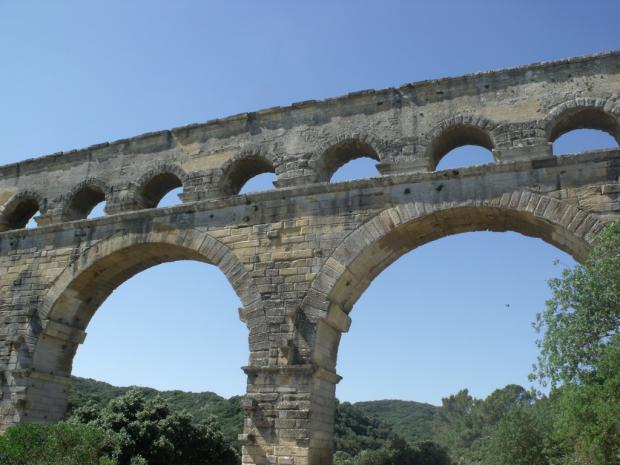
Breaking News
 Rising Male Infertility A Catastrophe Waiting to Happen
Rising Male Infertility A Catastrophe Waiting to Happen
 EU is Broke & Rejects Peace Since They Would Have to Return Russian Money
EU is Broke & Rejects Peace Since They Would Have to Return Russian Money
 The Illusion of Democracy: The "Iron Law of Oligarchy"
The Illusion of Democracy: The "Iron Law of Oligarchy"
Top Tech News
 Perfect Aircrete, Kitchen Ingredients.
Perfect Aircrete, Kitchen Ingredients.
 Futuristic pixel-raising display lets you feel what's onscreen
Futuristic pixel-raising display lets you feel what's onscreen
 Cutting-Edge Facility Generates Pure Water and Hydrogen Fuel from Seawater for Mere Pennies
Cutting-Edge Facility Generates Pure Water and Hydrogen Fuel from Seawater for Mere Pennies
 This tiny dev board is packed with features for ambitious makers
This tiny dev board is packed with features for ambitious makers
 Scientists Discover Gel to Regrow Tooth Enamel
Scientists Discover Gel to Regrow Tooth Enamel
 Vitamin C and Dandelion Root Killing Cancer Cells -- as Former CDC Director Calls for COVID-19...
Vitamin C and Dandelion Root Killing Cancer Cells -- as Former CDC Director Calls for COVID-19...
 Galactic Brain: US firm plans space-based data centers, power grid to challenge China
Galactic Brain: US firm plans space-based data centers, power grid to challenge China
 A microbial cleanup for glyphosate just earned a patent. Here's why that matters
A microbial cleanup for glyphosate just earned a patent. Here's why that matters
 Japan Breaks Internet Speed Record with 5 Million Times Faster Data Transfer
Japan Breaks Internet Speed Record with 5 Million Times Faster Data Transfer
Just add seawater: Ancient Roman concrete gets stronger over time

Meanwhile, ancient Roman concrete is still standing strong after thousands of years, and not only does it resist damage, but the salt water actually makes it stronger. X-ray examinations have found the key to the mixture's incredible longevity, which could help improve modern recipes.
In recent years, we've electrified concrete to melt snow, made it more fire-resistant, added bacteria to make it self-heal any cracks that form, and have found ways to "program" it to be stronger. But it seems that the Romans were way ahead of their time, with a superior method for making concrete that could stand the test of time.
Although the complete recipe has been lost over the millennia, studies of samples have shown that volcanic ash, lime and seawater are the main ingredients.

 The Gathering Storm
The Gathering Storm Advanced Propulsion Resources Part 1 of 2
Advanced Propulsion Resources Part 1 of 2

